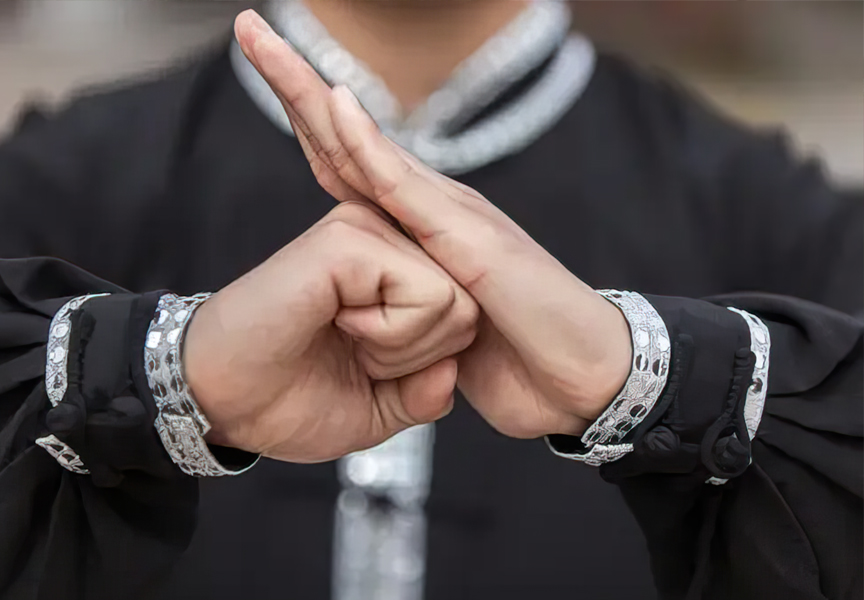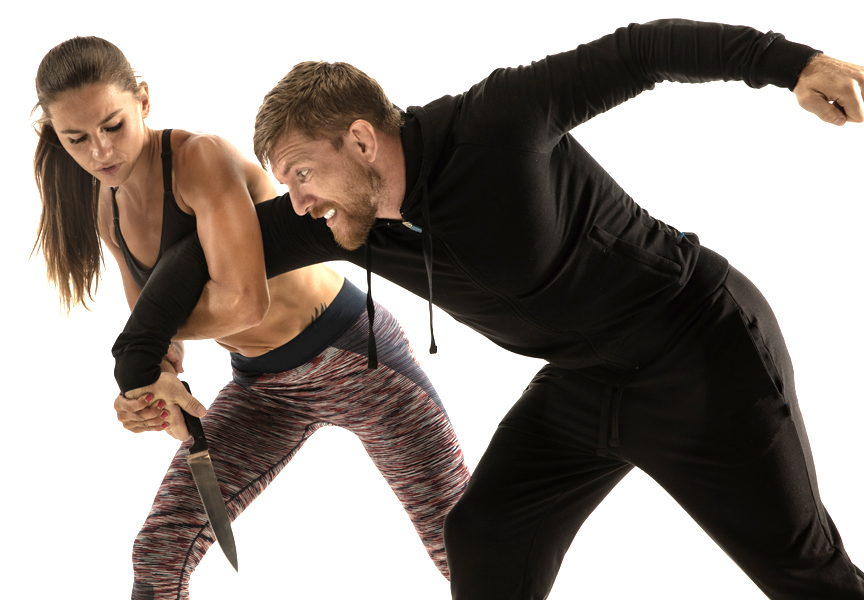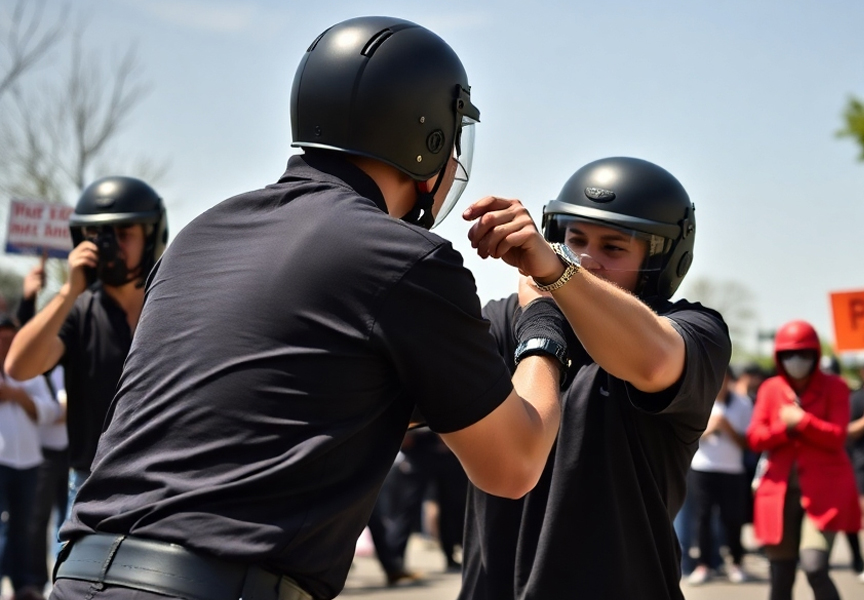Random Free Articles
- Τhe Εssence of Τayao

Ta Yao [Chin.: Tā yāo 塌腰], or sinking the waist, is a fundamental principle in Shaolin Rou Quan, which involves lowering the center of gravity and maintaining a flexible and rooted posture. This concept is not unique to Shaolin Rou Quan but is also essential in many other martial arts and sports. It involves dropping the waist and engaging the core muscles, creating a stable base for movement. It is this stability that provides Shaolin…
- Traditional Greeting

The Art of Respect Chinese martial arts, deeply rooted in a rich history and philosophy, extend beyond physical prowess and combat techniques. A fundamental aspect of this ancient practice is the etiquette and rituals that accompany it. One such tradition is the traditional salute, a symbolic gesture known as Fist Covering Greeting [Chin.: bàoquánlǐ 抱拳禮], Presentation of Respects [Chin.: gǒngshǒulǐ 拱手禮], or simply Salute…
- The Rise of Competitive Self-Defense

Turning Survival into a Sport In the ever-evolving landscape of self-defense, a new phenomenon has emerged – competitive self-defense. What was once seen solely as a means of protecting oneself from harm has now taken on a competitive edge, blurring the lines between survival instinct and sporting prowess. This paradigm shift has given rise to a fascinating debate about the intersection of self-preservation and athleticism, raising questions…
- Qualities of a True Martial Arts Master

Martial arts is not just about physical prowess; it's a holistic discipline that encompasses mental, emotional, and spiritual growth. At the heart of every successful martial arts journey stands a master, a guiding light who possesses not only exceptional combat skills but also a myriad of qualities that inspire, teach, and transform their students. The qualities that define a true martial arts master go beyond technique and strength;…
- The Role of Belts in Kung Fu

Kung Fu, a traditional Chinese martial art, is not only a physical discipline but also a way of life that encompasses philosophy, self-discipline, and spiritual development. Within the realm of Kung Fu, belts play a significant role in symbolizing a practitioner's level of skill, dedication, and understanding of the art. In this article, we will explore the history, meaning, and importance of belts in Kung Fu. Historical Context The…

